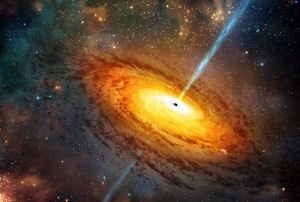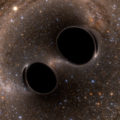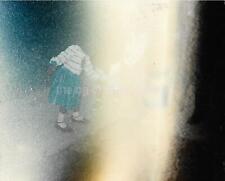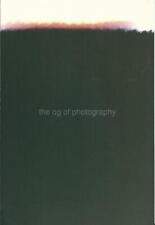
A cornerstone of physics may require a rethink if the results from a series of new ion trap (pictured) experiments at the National Institute of Standards and Technology (NIST) are confirmed. The results, reported in Physical Review Letters, indicate that predictions based on the fundamental theory of electromagnetism may not accurately account for the behavior of atoms in exotic states.
The theory in question is known as quantum electrodynamics (QED). QED underpins much of modern physics thanks to its accuracy in describing electromagnetism’s effects on matter – particularly in explaining the behavior of electrons. Despite its excellent track record, however, physicists have long suspected that QED may not provide a complete picture of reality. The new findings from NIST indicate that those suspicions may be valid, and that other physics may be involved.
NIST physicist John Gillaspy explained that one way to test QED is to take a fairly heavy atom – titanium or iron, for example – and strip away most of the electrons around its nucleus. “If 20 of titanium’s 22 electrons are removed, it becomes a highly charged ion that looks in many ways like a helium atom that has been shrunk to a tenth its original size,” he said. “Ironically, in this unusual state, the effects of QED are magnified, so we can explore them in more detail.”
Among the many things QED is good for is predicting what will happen when an electron orbiting the nucleus collides with a passing particle. The excited electron gets bumped up momentarily to a higher energy state but quickly falls back to its original orbit. In the process, it gives off a photon of light, and QED predicts what color (wavelength) that photon will have.
The NIST team found that in ions with a strongly positive charge, the remaining electrons produce photons that are noticeably different in color than QED predicts. This challenges the fundamental theory of electromagnetism, one of the four fundamental forces in the Universe.
Gillaspy says he hopes the findings will stimulate other researchers to repeat the experiments and measure the emitted photons with even greater accuracy. The NIST team is currently preparing to release measurements of other colors of light emitted from exotic atoms that Gillaspy believes will add weight to the initial findings.
Related:
Discuss this article in our forum
Synthetic magnetism used to control light
Fine structure constant may vary across universe
Galactic spin theory neatly explains Charge Parity violation

















Comments are closed.